Military Working Dogs
10.04.2019.
History of the military dog
Since ancient times people use dogs in warfare. The earliest recorded use of canines in combat was by Alyattes of Lydia against the Cimmerians around 600 BC. Dogs are used as scouts, sentries, and trackers and help soldiers fight the enemy. War dogs were used by the Egyptians, Greeks, Persians, Alans, Slavs, Britons, Romans, etc. Hounds were used in the American Civil War to protect, send messages, and guard prisoners. Modern war dogs are trained to sniff out bombs and drugs, track people, and attack when necessary.
Military working dog (or MWD) candidates must undergo a very thorough and selective assessment before being chosen. They must have a fine balance of aggression and excitability. Suitable dogs for military service must also be able to attack command.
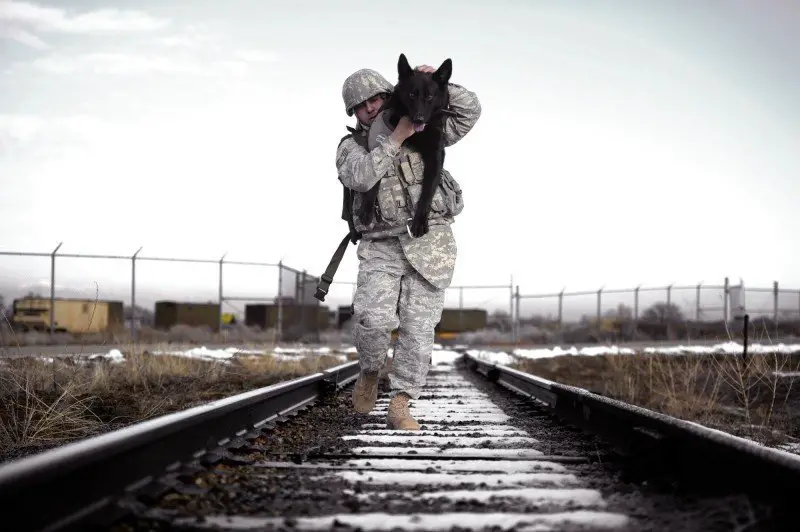 FUN FACT: Many puppies have been disqualified from the program due to exhibiting extreme stress at having to bite a human.
FUN FACT: Many puppies have been disqualified from the program due to exhibiting extreme stress at having to bite a human.
Sentry dogs
There are few duties a military dog can perform. There are sentry dogs. These dogs are taught to give warning by growling or barking when there is a stranger approaching the protected area. In World War II most of the dogs were used as sentry dogs and the largest group of sentry dogs (3,174 of them) were trained in 1943 and issued to the Coast Guard for beach patrols guarding against enemy submarine activities.
Pa(w)trol dogs
Some dogs are used as a scout or patrol dogs. They are used to help detect snipers, ambushes, and other enemy forces within a particular locality. They can detect an enemy at distances up to 1,000 yards. They have to be silent while doing their job and after they detect the enemy they stiffen their body, raise their hackles, prick their ears and hold their tail rigid.
Detection dogs
Mine detection dogs do slow and steady off-leash searches for buried mines and artillery. Casualty dogs are trained to search and report casualties lying in hidden places. Often these dogs are lifesavers to injured soldiers because finding them quickly is a condition for survival. Another extremely important function dogs are trained for is the function of detecting explosives hidden on a person, in a vehicle, or somewhere else.
Explosives detection dogs are trained to alert on the scent of chemicals used in explosives. Although people often try, there is not much you can do to cover the smell of these chemicals to a trained animal with a superior sense of smell. Dogs are reported to have ten to twenty times the number of receptors in their nose, compared to a human, and the part of their brain devoted to smell is much larger.
Narcotics detector dogs are widely used in order to prevent drug abuse and drug-related crimes. These dogs are trained strictly to detect drugs (often used on airports).
Tunnel dogs
There are also messenger dogs and tunnel dogs. Tunnel dogs were used mostly in Vietnam. There was a specialized requirement for tunnel dogs to detect and explore the tunnels exploited by the Viet Cong.
FUN FACT: Today, there are about 2,500 war dogs in service, and an average career spans 8-9 years.
Single-purpose dogs
Sometimes dogs are used for one purpose only – these are called single-purpose dogs. Most often as single-purpose dogs are used Vizslas, Labrador Retriever, or Chesapeake Bay Retrievers. Obviously, they don’t need to be aggressive.
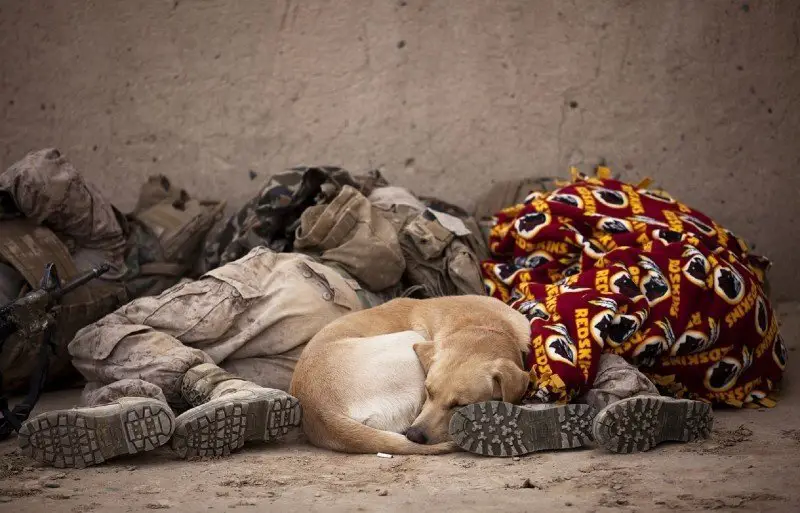 FUN FACT: The majority of military working dogs are purchased from Germany and the Netherlands. These countries have a history of purposely breeding dogs for military service.
FUN FACT: The majority of military working dogs are purchased from Germany and the Netherlands. These countries have a history of purposely breeding dogs for military service.
Dual-purpose dogs
Dual-purpose dogs do both patrol work (protection, aggression when needed) and detection work. Most dual-purpose dogs are German shepherds, Belgian Malinois, and Dutch shepherds. Still, most of the dogs used as MWDs are German and Dutch shepherds and Belgian Malinois, breeds chosen because they are very aggressive, smart, loyal, and athletic.
IF YOU WANT TO TRAIN YOUR DOG THE OBEDIENCE OF A MILITARY DOG - you must prepare for a lot of work and have a lot of patience. You as a handler must remain calm and self–controlled while working with the dog on each task. Sometimes your dog will quickly respond and learn a certain command, but if that is not the case, you must be extra patient with your dog. Understand your dog’s strengths and weaknesses. That will contribute to the success of your dog’s training.
Another important thing is practice. The US Army recommends handlers train with their dogs a minimum of 4 hours per week (at least 30-35 minutes per day). Don’t forget to praise your dog when deserved. Praise is an essential part of the learning process. Timing is also very important when it comes to praising your dog – you need to reward your dog immediately after executing a task you required. Any delay might confuse your dog as to what they did correctly.
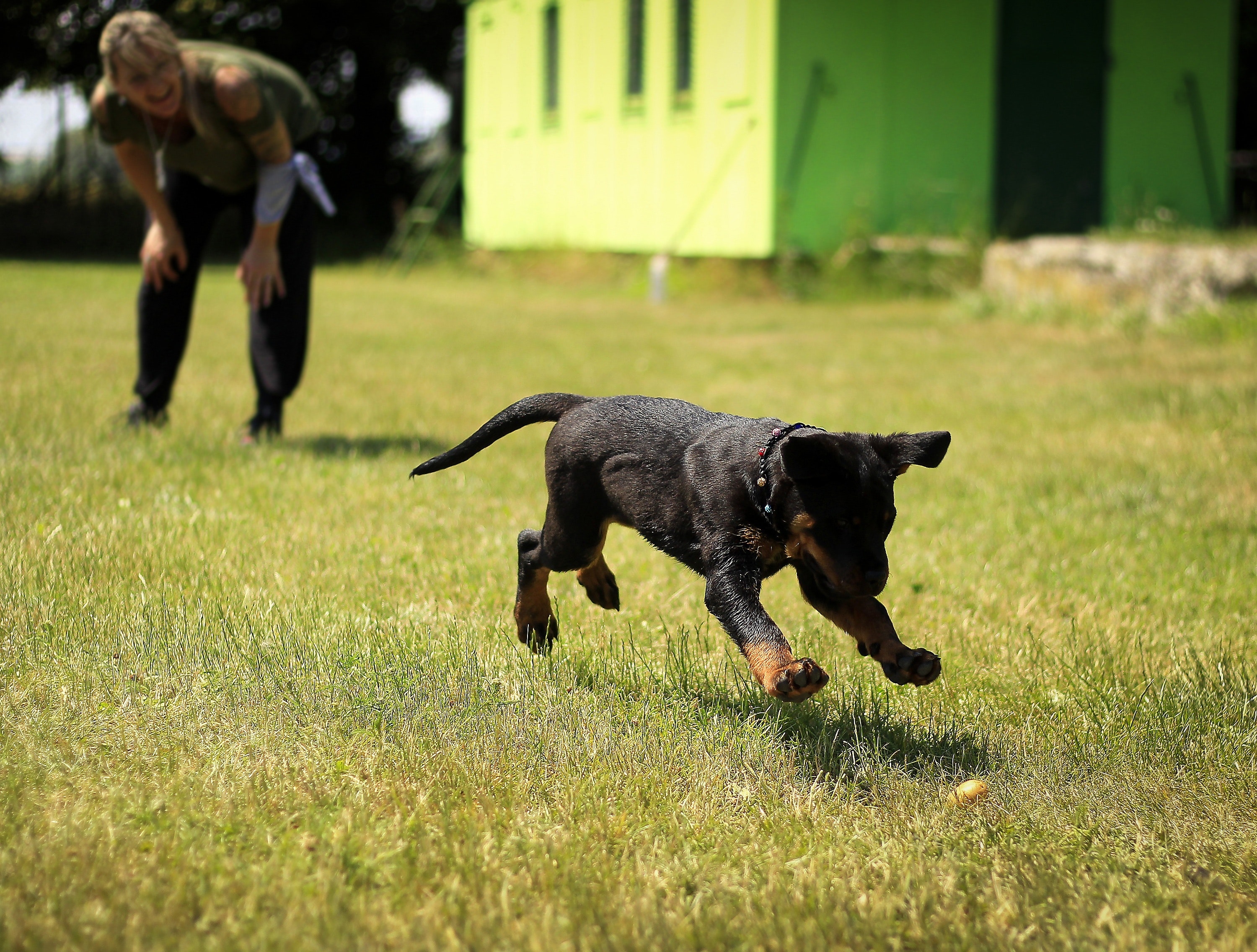 FUN FACT: The cost of training a single animal can be $20,000 to $40,000, depending on its specialization.
FUN FACT: The cost of training a single animal can be $20,000 to $40,000, depending on its specialization.
Start with teaching a dog some general commands like SIT, STAY, DOWN, etc. Teaching must be gradual. The US Army requires their dogs to learn commands with a verbal cue, as well as a visual cue, such as a hand signal. After your dog has become proficient at a command, start practicing with distractions. Distractions can be sounds (you can play cat sound or squeeze your dog’s favorite toy), smells, or a stimulus.
Socialize your dog – socialization helps your dog to work well around strangers and other dogs. By following these instructions, with regular training, you might make your dog your little private soldier.
FACT: MWDs can suffer from Post-Traumatic Stress Disorder. Symptoms of Canine PTSD include hypervigilance, increased startle response, attempts to run away or escape, withdrawal, changes in rapport with a handler, and problems performing trained tasks.
World Dog Finder team

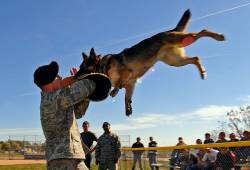
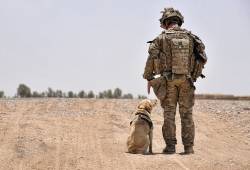
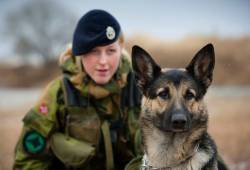
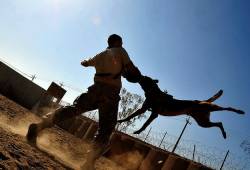
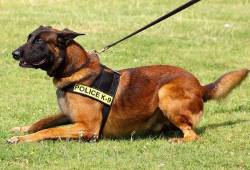
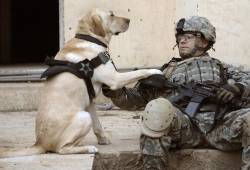
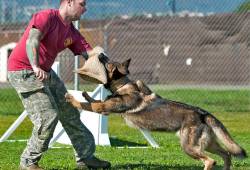
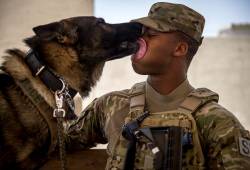
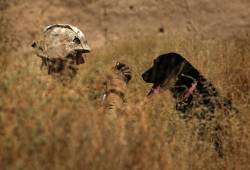
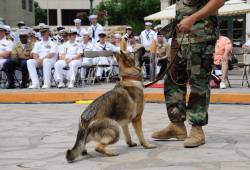
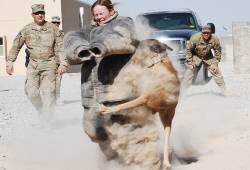
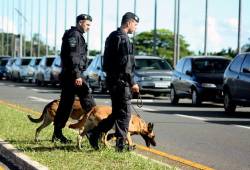
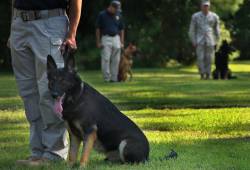
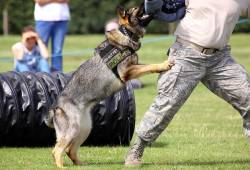
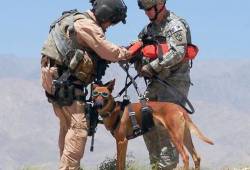
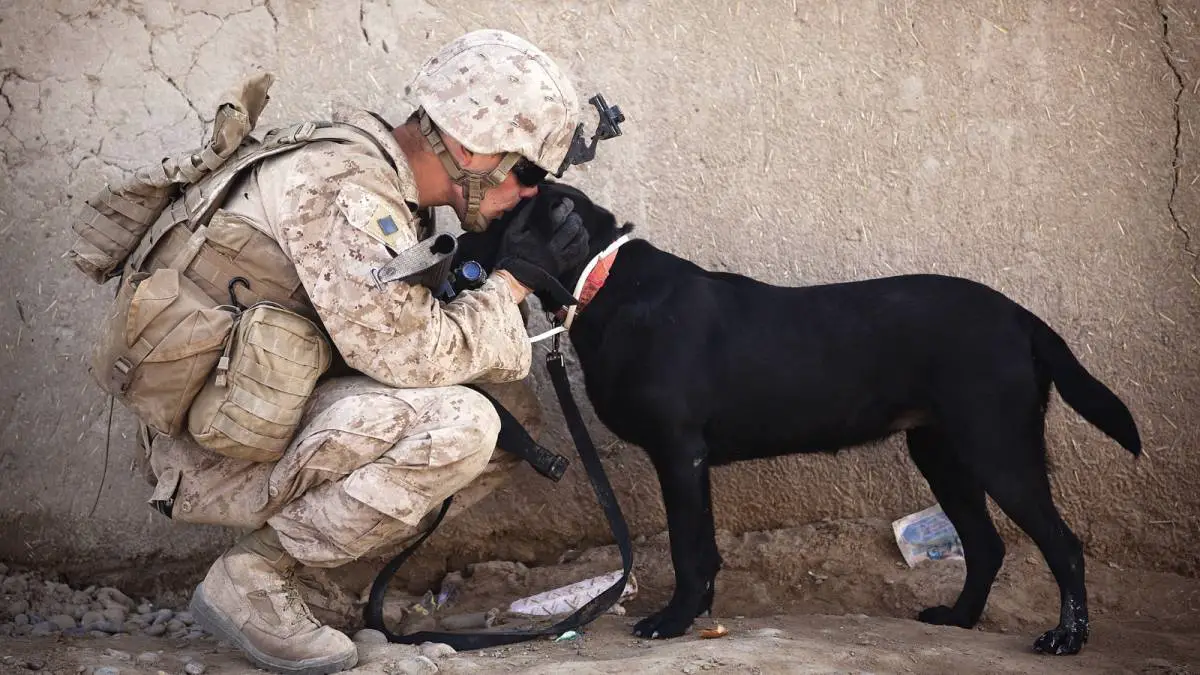















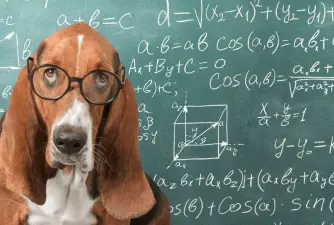




Share